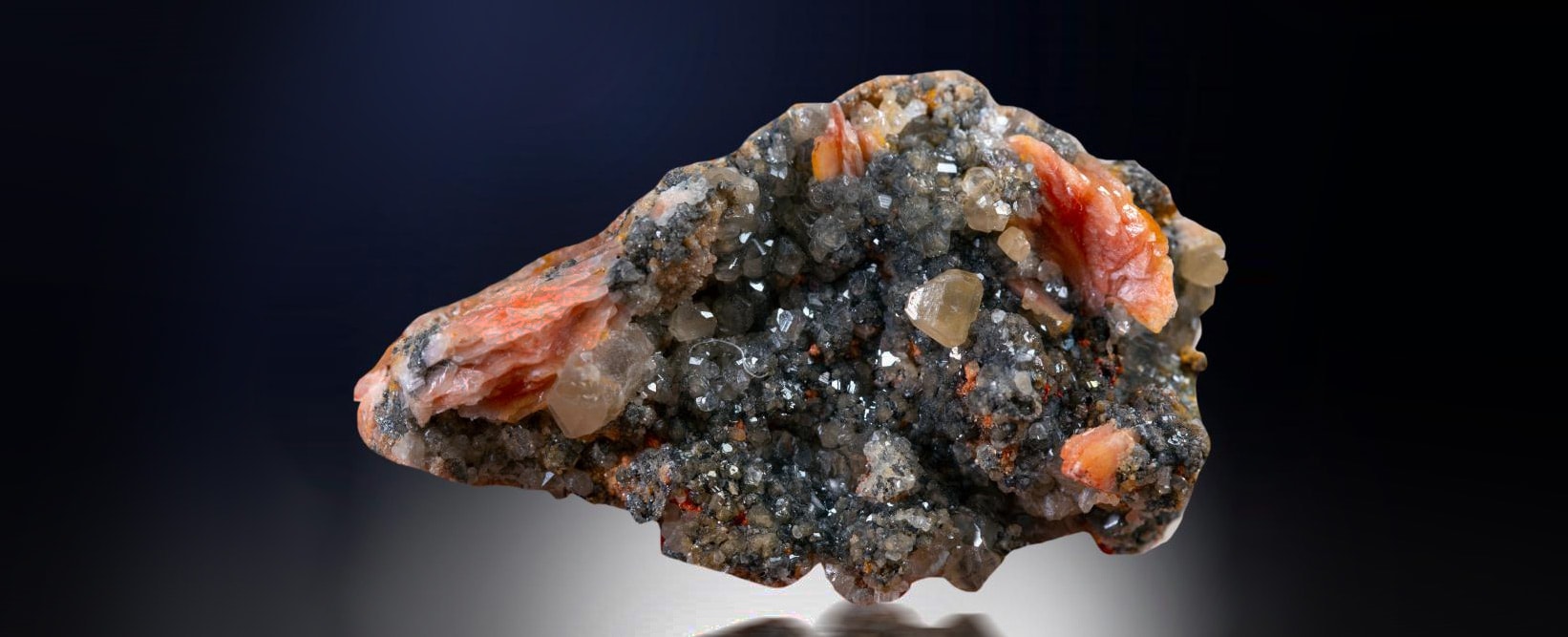Cerussite, a lead carbonate mineral, is renowned for its unique properties and diverse applications. This comprehensive guide will explore various aspects of Cerussite, including its geological properties, historical significance, healing and metaphysical properties.
What Is Cerussite?
Overview
Cerussite (PbCO3) is a lead carbonate mineral, often found in the oxidized zone of lead ore deposits. It’s known for its high refractive index and density, often forming colorless, white, or gray crystals.
Geological Properties
Crystal Structure
Cerussite crystallizes in the orthorhombic crystal system, exhibiting a wide range of crystal habits, including tabular, elongated, and acicular forms.
Hardness and Specific Gravity
With a Mohs hardness of 3 to 3.5, Cerussite is relatively soft. Its specific gravity ranges from 6.46 to 6.57, making it one of the heavier minerals.
Color Variations
Typically colorless or white, Cerussite can also appear in shades of gray, green, blue, and even pink due to various impurities.
Optical Properties
Cerussite’s high refractive index (1.80-2.08) and strong dispersion give it an adamantine to vitreous luster, often resembling the sparkle of a diamond.
History
Ancient Applications
Cerussite has a rich history, dating back to ancient civilizations where it was used as a cosmetic and pigment due to its white color and ease of powdering.
Cosmetics and Pigments
In ancient Egypt and Greece, Cerussite was ground into a fine powder for use as white makeup. During the Renaissance, it was a key ingredient in Venetian ceruse, a popular cosmetic among the nobility.
Industrial Uses
Historically, Cerussite was a significant source of lead. It was extensively mined for lead production, used in various industries from plumbing to ammunition.
Healing and Metaphysical Properties

Spiritual Significance
Cerussite is believed to possess transformative and enlightening qualities. It is thought to aid in spiritual development and personal growth.
Chakra Alignment
This mineral is associated with the crown chakra, promoting spiritual connection and awareness.
Therapeutic Qualities
Practitioners of crystal healing attribute several benefits to Cerussite, including stress relief, mental clarity, and emotional stability.
Physical Healing
While not scientifically proven, some believe Cerussite can aid in physical ailments related to stress and anxiety.
Cerussite in Jewelry and Collectibles
Rarity and Value
Faceted Cerussite is rare and highly valued due to its brilliance and unique optical properties. Its softness and brittleness, however, make it a challenging material for jewelers.
Collectible Specimens
Cerussite is popular among mineral collectors, especially specimens that display its distinctive crystal habits and twinning.
Care and Maintenance
Due to its softness and sensitivity to chemicals, Cerussite requires careful handling and storage to maintain its appearance and integrity.
Environmental and Safety Considerations
Lead Content
As a lead mineral, Cerussite must be handled with caution. Prolonged exposure, especially in powdered form, can pose health risks.
Safe Handling Practices
It is crucial to handle Cerussite specimens with care, using protective gear if necessary, to avoid lead exposure.
Conclusion
Cerussite’s intriguing properties, from its brilliant luster and unique crystal forms to its historical and metaphysical significance, make it a fascinating subject for both mineral enthusiasts and spiritual practitioners. While it requires careful handling due to its lead content and fragility, Cerussite remains a captivating mineral worth exploring.


